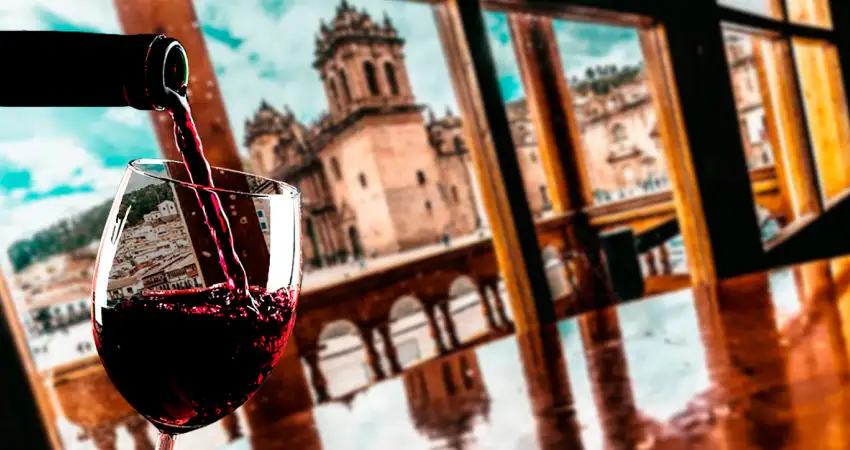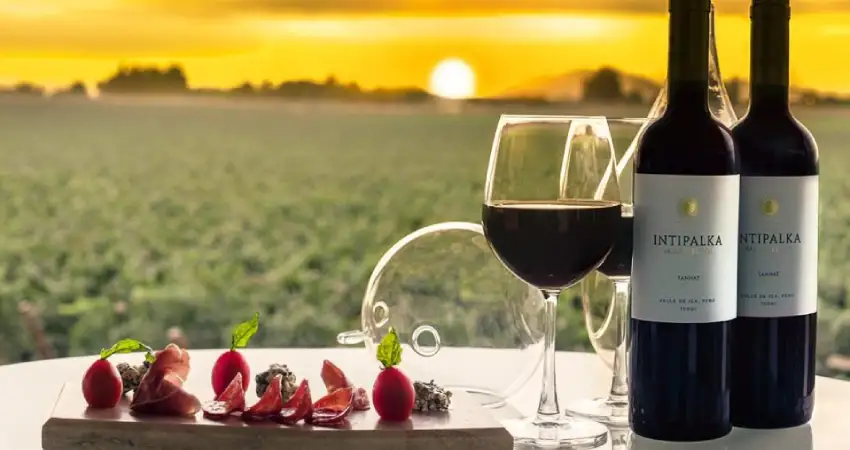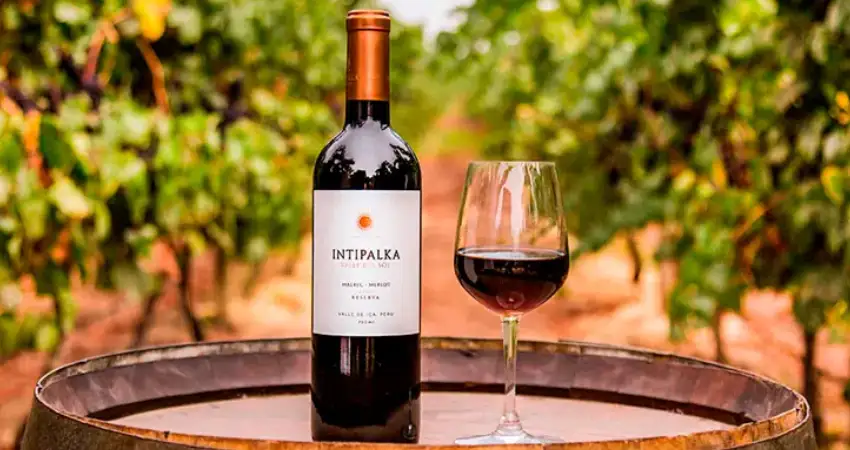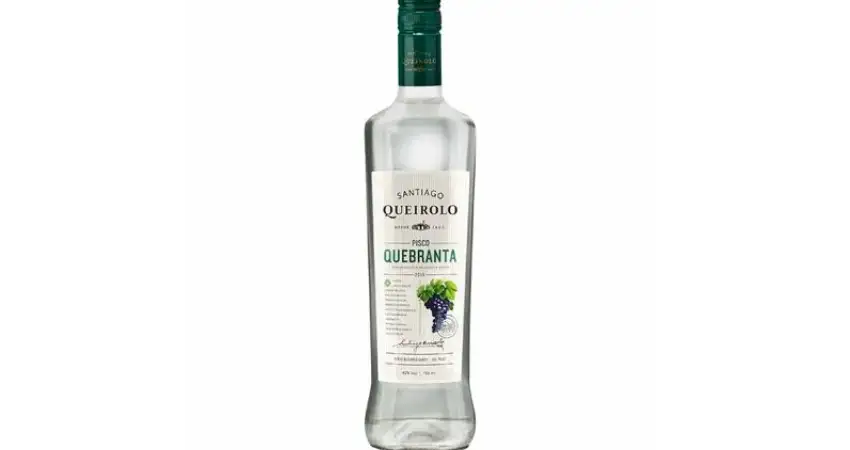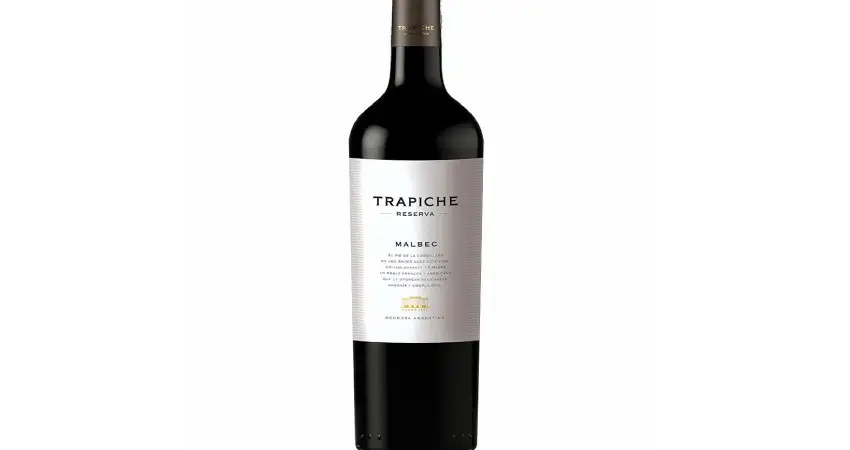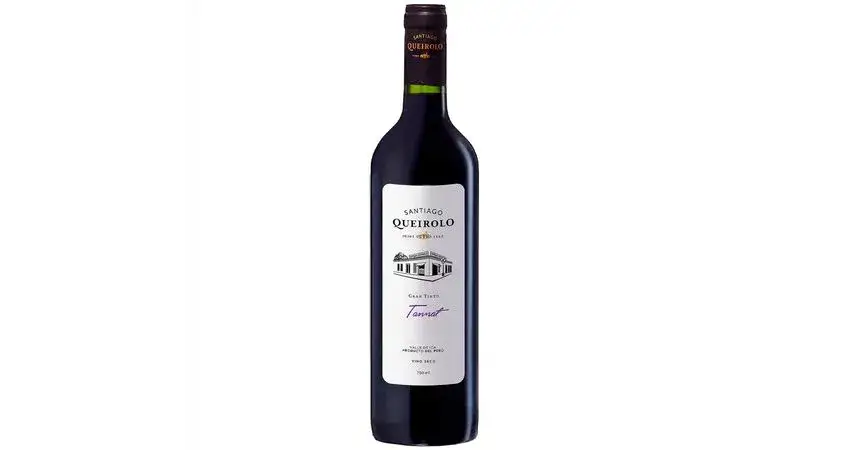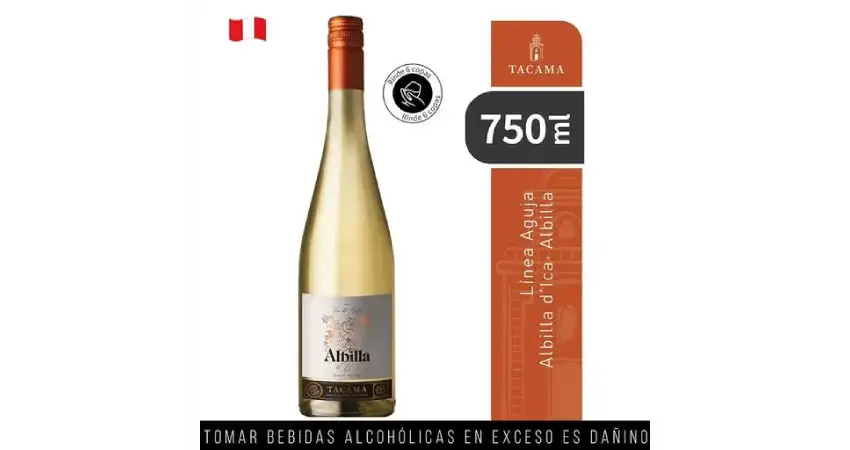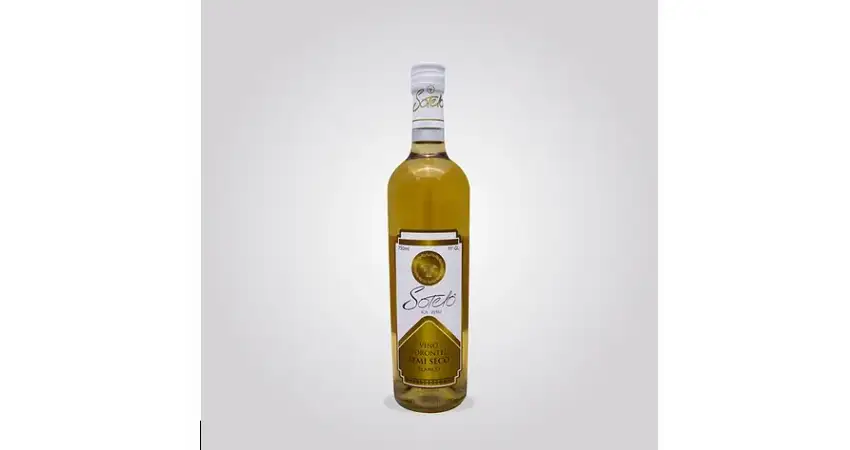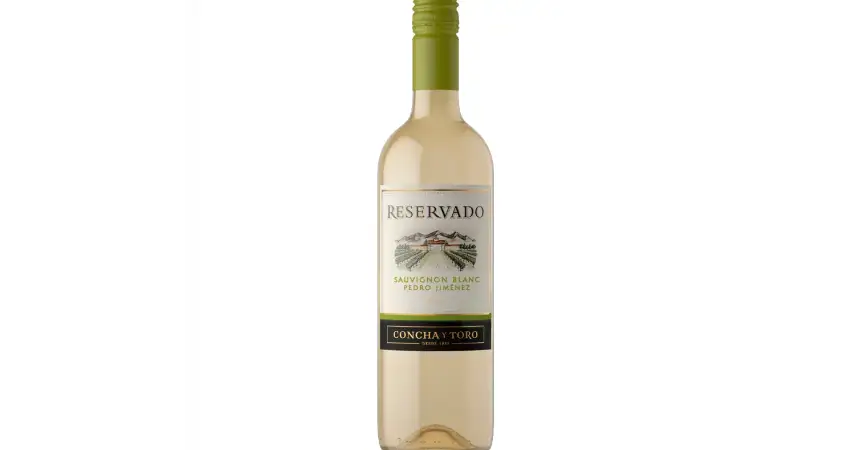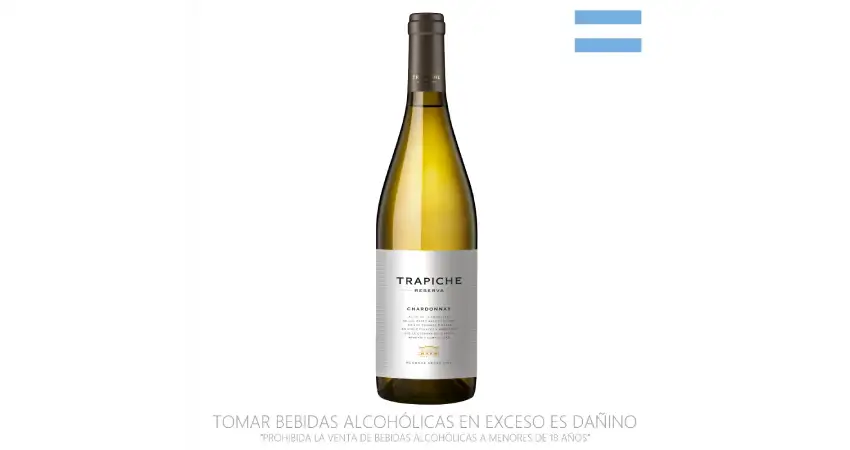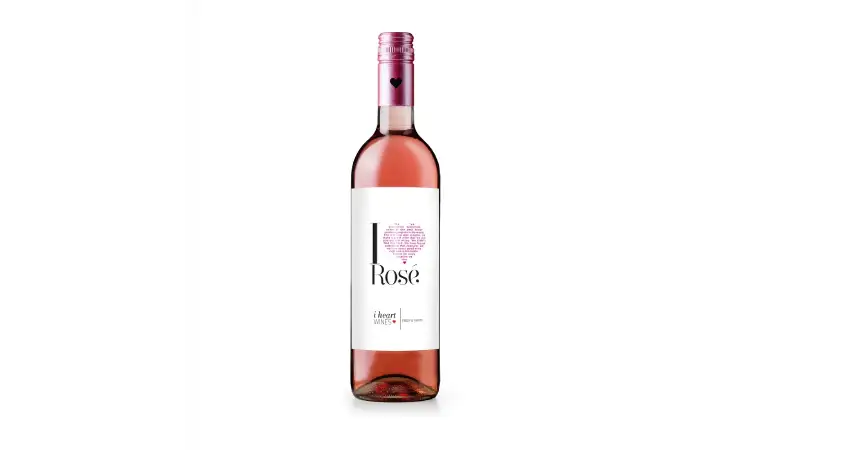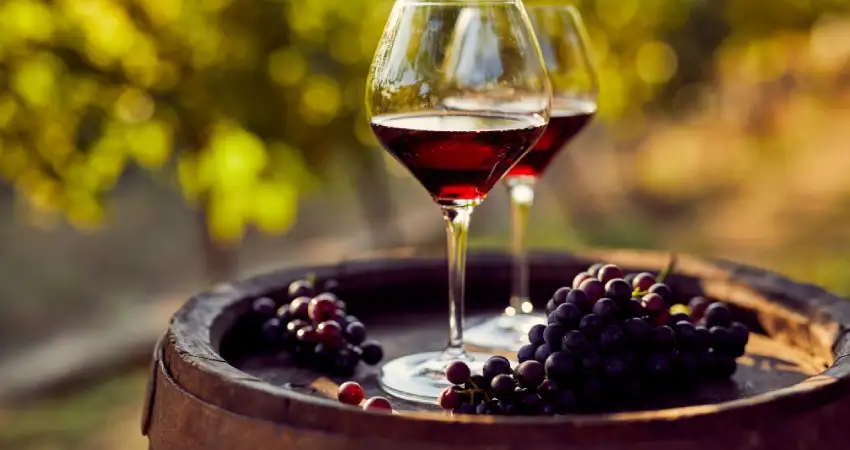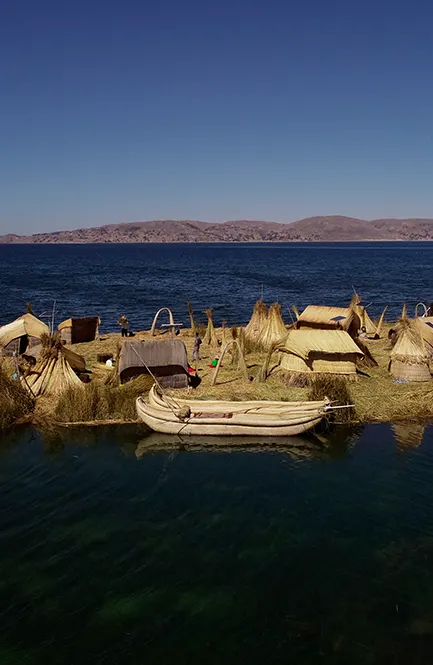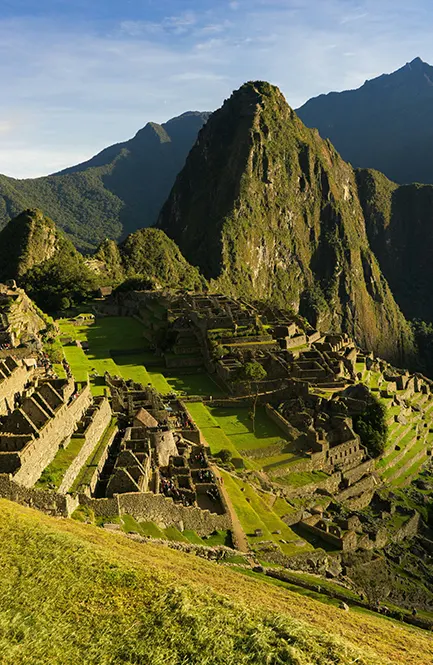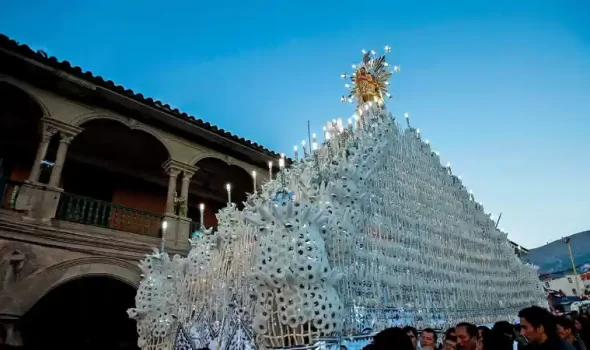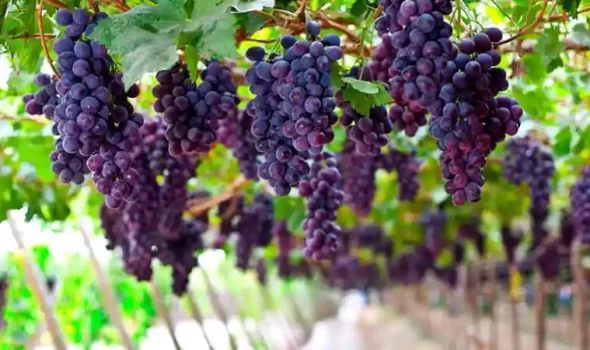1.- INTRODUCTION TO PERUVIAN WINE
The essence of Peruvian Wine goes back in history to historical moments such as the arrival of the Spaniards to Peru, this moment marked an unprecedented event since it would be the beginning of the mixture of two great cultures, this process is called syncretism, which caused multiple traditions to be modified little by little, one of the aspects that was implemented by the European belief was the consumption of wine.
Initially the idea established that the first Peruvian Wine was for the consumption of the church and for the local population, for this the Wineries in Peru began to produce various types of native grapes and thanks to the technique brought from Spain created a different tradition of culture and flavor that has evolved over the past centuries to the point of having varieties such as Peruvian Potato wine. Many of the Wineries in Peru were established mainly in the coastal region where the climate was kind enough for the production of high quality grapes, this allowed that quickly the Wine from Peru has been recognized as one of the best even until today.
For more related information see our article: Wine Peru Regions: Exclusive Tastings In Ica’s Finest Vineyards
2.- PERUVIAN WINE VARIETIES
Peruvian Wine is undoubtedly an icon and at the same time a reflection of the rich cultural diversity that exists throughout its extensive territory, in the world of wines there are several varieties for every palate, plus many are the perfect complement to a delicious meal. Here is a list of the types of Peruvian Wine that currently exist:
| “Travel as much as you can, because that way you will live your dream, and not end up dreaming your life.” |
3.- Red Wine
3.1.- Black Burgundy (Isabella)
This Peruvian Wine is quite popular for the versatility it contains and a unique fruity flavor, its production is quite simple because it adapts quite well to the different climates that exist and its flavor regularly tends to be similar to notes such as cherry, raspberry and a small spicy touch, the perfect choice if you are looking to accompany a light meal.
3.2.- Quebranta
One of the Peruvian Wine options that is 100% Peruvian, mainly recognized for the structure it contains and the body in its texture. Although the base grape of this Peruvian Wine is also used mainly for wine production, there is a portion with which this red wine is made. At first impression it has a deep and earthy sensation at the same time with light notes of red fruits and a final herbaceous touch.
3.3.- Malbec
Although this is not a 100% original Peruvian Wine, it is known worldwide for its intense color and deep fruit flavor. Thanks to the elaboration of the Wineries in Peru, this red wine offers sensations of plum and blackberry, it contains a quite robust body and tannin at the same time, which makes it consistent enough to accompany grilled meats and dishes with a lot of sauces.
3.4.- Tannat
This is a red wine that originated in traditional France, but over the years it has found a place in Latin America, in some regions of Peru, so now it is considered a Peruvian Wine often used to marinate strong dishes and give them a much stronger flavor, it has a strong structure with flavors of dark fruits such as blackberry and blueberry.
4.- White Wines
4.1.- Albilla
Undoubtedly this Peruvian Wine stands out above the rest for the freshness and acidity it provides at the same time, unlike red wines this one is much softer with citrus and floral notes at the same time, it also provides a slight crisp finish which gives it the category of being the perfect companion when it comes to eating seafood and salads.
4.2.- Torontel
Something that characterizes this Peruvian Wine is the pleasant intense aroma of flowers and tropical fruits, although it is not often consumed in the same percentage as other Peruvian Wine, it is undoubtedly the perfect alternative to accompany appetizers and light dishes because its flavor gives that feeling of freshness.
4.3.- Sauvignon Blanc
This option is a different way to taste a Peruvian Wine, popularly known for its strong acidity and slightly herbaceous aroma. For those who can enjoy its flavor, they are sure to feel notes of grapefruit, green peppers and even kiwi, so some people also use it to marinate fish and salads.
4.4.- Chardonnay
This is considered one of the most versatile white wines since it can vary its style from a fresh and fruity sensation to something stronger, in its version as Peruvian Wine it presents light touches of apple and pear besides the aromatic sensation of vanilla so it is regularly always considered to accompany meals based on seafood or poultry.
5.- Rosé Wines
5.1.- Sparkling Wines
Slightly different from other kind of Peruvian Wine, sparkling wine is used only for celebrations and special dates, what it seeks is to add the sensation of bubbles that causes in highlighting fruity and floral aromas, often used to liven up the moment of the central toast in any occasion suitable to refresh the warm climates.
6.- A DOSE OF LIFE
“Did you know that Peruvian Wine contains unique properties that are antioxidants, can help prevent coronary artery disease, which is the condition that leads to heart attacks as well as purify your body, it is for this reason that many people believe that a glass of wine a day prolongs life.”
7.- THE PERUVIAN POTATO WINE
The Wine from Peru is so diverse that as the centuries have passed several varieties have been established with unique techniques which gives it a greater cultural importance, this is what happens with the Peruvian Potato wine, despite being less known contains a broad history and a special place within the Andean belief.
The history of Peruvian Potato wine takes us on a journey through time to pre-Columbian times, when most of the Andean populations cultivated the potato in its many varieties, because of this tuber obtained its place as part of the staples in Peruvian food also for the Inca culture was not only a food but also an important icon in rituals and religious celebrations. When the Spaniards finally arrived and brought part of their culture, distillation and fermentation techniques were implemented, which led to the creation of a new beverage from the potato, finally giving rise to what we know today as Peruvian Potato wine.
The process of elaboration of Peruvian Potato wine is quite traditional, starting with the selection of high quality potatoes that are then boiled and finally mashed to obtain a mash-like texture. This result is mixed with water and some aromatic herbs and then some yeast is added to start the fermentation process, depending on which wineries in Peru follow this process the result can take several weeks to be achieved, but when the fragmentation is finished the Peruvian Potato wine must be filtered and finally bottled, usually the Peruvian Potato wine has a sweet and fruity flavor but with a slight earthy touch due to its origin.
8.- FAQs ABOUT THE WINE FROM PERU
- Is Peru known for its wine production?
Of course it is, in fact the Wine from Peru is considered one of the best in the world for its high quality and concentrated flavors. Besides, many of the Wineries in Peru produce at the same time the Peruvian Pisco.
- What are the main wine regions in Peru?
Essentially in the places near the coast as is the case of Lima, Ica, Arequipa and other places along the way that have a sufficiently pleasant environment for production.
- What grape varieties are commonly used in Peruvian wines?
Essentially four grape varieties are used which are also the most abundant during production, these are the Quebranta which is also considered the flagship grape of Peru and is essentially the basis of Pisco production, the Torontel which also contains a large percentage of production throughout Peru, the Tannat and the Negro Criollo which is a native grape of Peru.
- What’s the relationship between Peruvian wine and pisco?
They have a similar origin, since during the colonial era while the landowner drank the wine, it was the slaves who longed to taste a similar flavor for this reason hiding the smaller grapes of the vine began to produce pisco without even knowing it, in addition to this the Quebranta grape is used in both preparations.
- Are Peruvian wines sweet or dry?
Most of them have a sweet taste, although of course there are also options of dry and more bitter wines that are consumed mainly to accompany heavy meals.
- Can I visit wineries in Peru?
Yes, many of the Wineries in Peru always have their doors open to welcome visitors who are interested in learning more about Peru’s wine culture. This can be in a personal way or even in an established tour.
If you have heard wonders about Peruvian astronomy, believe us when we tell you that Peruvian Wine is the perfect companion, you can taste this delicious flavor during your stay. Auri Peru can design an experience that is more personalized for you and add the best bottle of Peruvian wine for a unique moment with your travel companion, contact us and start designing your next trip.
“The perfect trip is a circle, the pleasure of the outward journey and the pleasure of the return trip.”




